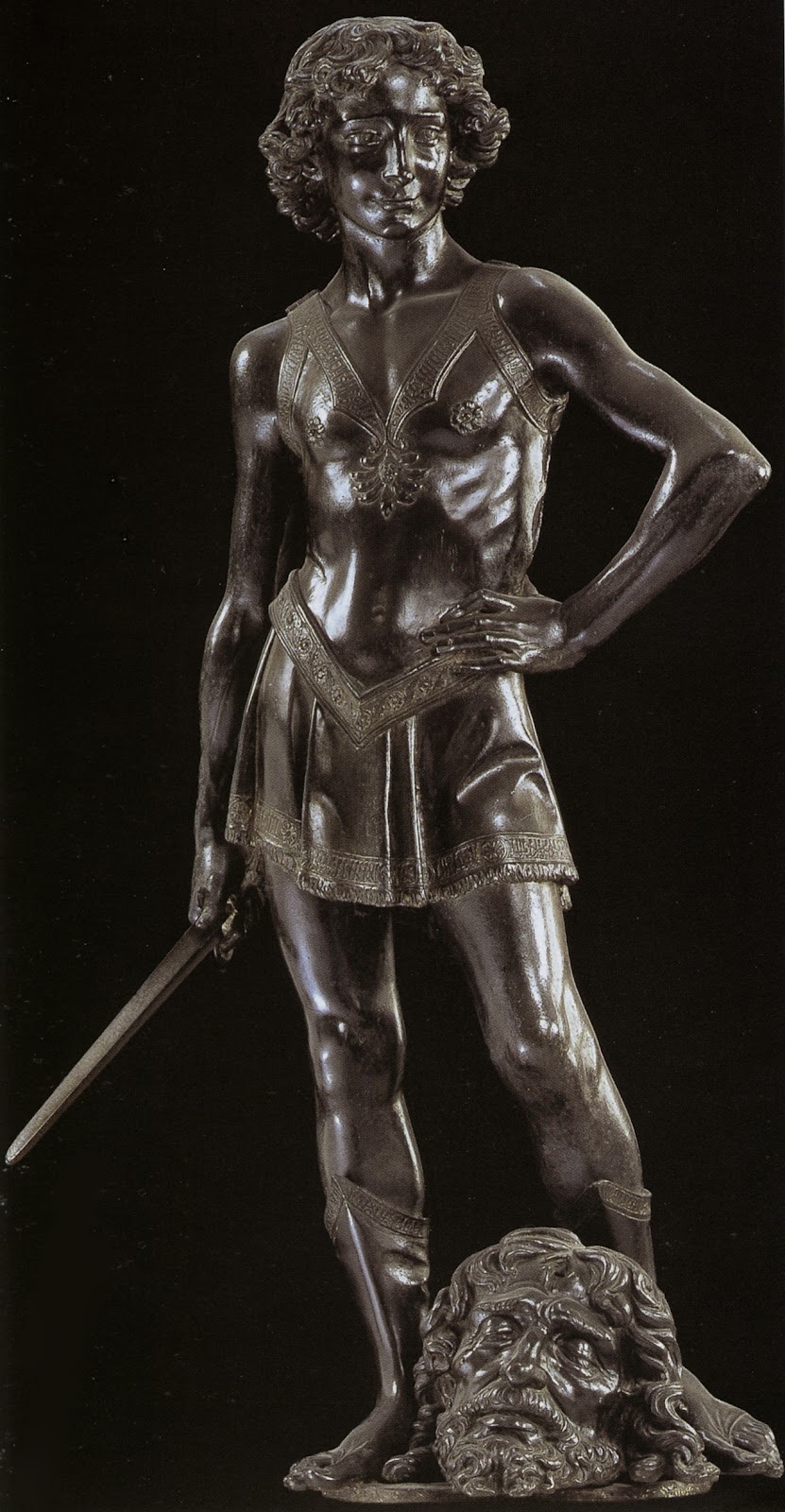The precise convergence of three dynamic forces, culture, environment and talent, combined to produce one of the most collected figurative painters on the American art scene today.
Raised by an artistically gifted family near the Caspian Sea in southern Russia, Andre Kohn's childhood was marked by the natural splendor of mountains and sea, and by an unfettered access to all the creative arts.
His mother was a symphony violinist and his father a noted linguist, writer and sculptor.
Both were educators trained in psychology who gave their only child unrestricted opportunity to explore the depths of art and his own obvious talent.



.jpg)





